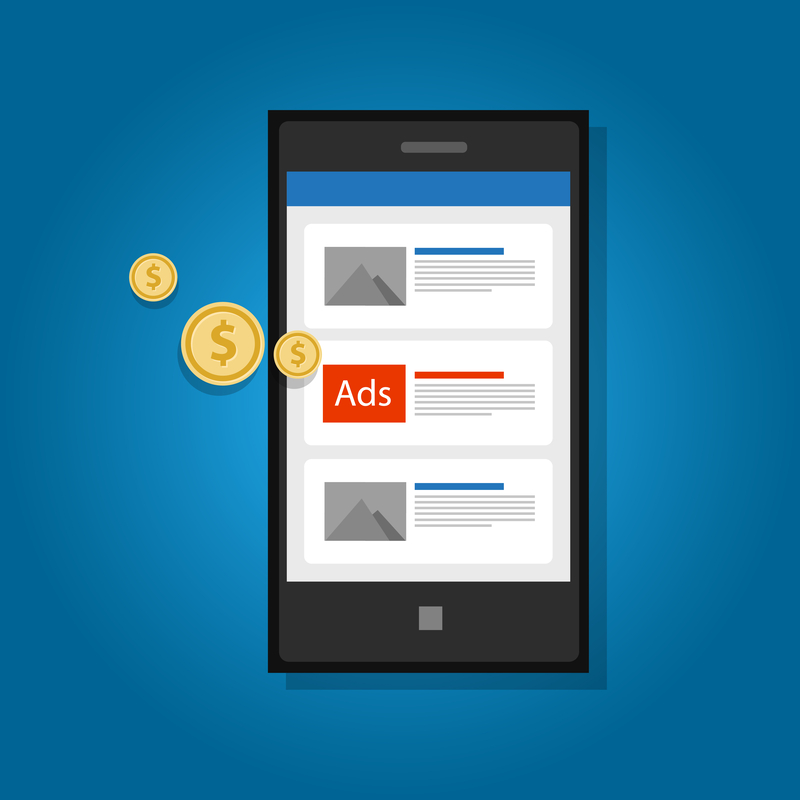16
Google and Bing are Going Responsive

Ad copy changes are coming to Google and Bing! That’s right, effective June 30th, 2022 BOTH Google and Microsoft Advertising (Bing) are switching ALL new search ads creation to the Responsive Format.
Wait, what? I know, this sounds very painful. Luckily, expanded text ads created before that date will continue to run and they can be enabled and paused as you please. However, they will not be editable.
Now that your panic levels have been reduced, keep reading to learn how this update will affect your practice and what you should do now to optimize your ads presence.
What’s the difference between the ad types?
Expanded text ads, the current most common search ad type on Google and Bing, have existed in various forms since 2016 within Google Ads. They allow for up to 3 headlines of up to 30 characters of text and 2 description lines of up to 90 characters of text. Advertisers control the entire ad appearance.
In 2018 Google introduced responsive search ads. Although they appear identical to expanded text ads in search results, the backend setup for responsive ads is a bit different. With responsive search ads, advertisers create up to 15 headlines of 30 characters each and up to 4 description lines up to 90 characters each. The Google and Bing algorithms decide which combinations of headlines and description lines are most applicable to display based on the search query a person performed.
Here is a great graphic from Smarter Ecommerce that provides a great visual representation of the differences.
So, what should we do now?
Testing
Start testing! June 30th of 2022 is still months away so now is a great time to ensure that you have one responsive ad per ad group to test against current ads. Getting responsive ads live will give you around 6 to 7 months of data so that by the time the switch becomes official you’re able to make responsive ad optimization decisions based on data rather than intuition.
Headlines and Descriptions
Take advantage of the additional headline and description options. That means filling up at least 10 – 15 headlines and all four available description lines with copy that is relevant to the ad group’s theme. By creating many options the Google and Bing algorithms will be able to match more applicable ad copy to a given search query.
Leverage Expanded Text Ad Copy Data
When you are creating new responsive ads, take a look at which ads are performing well. In turn, use elements like headlines and descriptions from top-performing ads as options within the new responsive ads you’re creating. By considering metrics like conversion volume, cost per acquisition, and click-through rate you can incorporate tried and true ad elements into the new copy. The result? Your new ads will be nicely structured to perform well even without the benefit of historical performance data.
Use the Google Ads Strength Metric
One helpful tool Google provides is the “Ad strength” indicator. This tool gives ad creators an idea of how strong a given ad’s features are and if they’re not great, recommendations for how to improve them. As a result, you can adjust ad elements based on Google’s suggestions, which will ultimately help to build top-performing ads.
While the move to responsive search ads may seem like a daunting update, with a bit of foresight it will be very manageable. Remember to create new responsive ads soon so you can perform plenty of testing and get a fair amount of performance data before the switch.
When creating new ads, maximize available headlines and description lines and leverage elements of current ads that are performing well. The Google Ad strength meter will also help you gauge the quality of new ads.
If you have any questions about this upcoming update or your practice is in need of PPC support please feel free to reach out to the Sesame team!
—Mike Fitterer, Sr. Marketing Manager II, Sesame Communications
